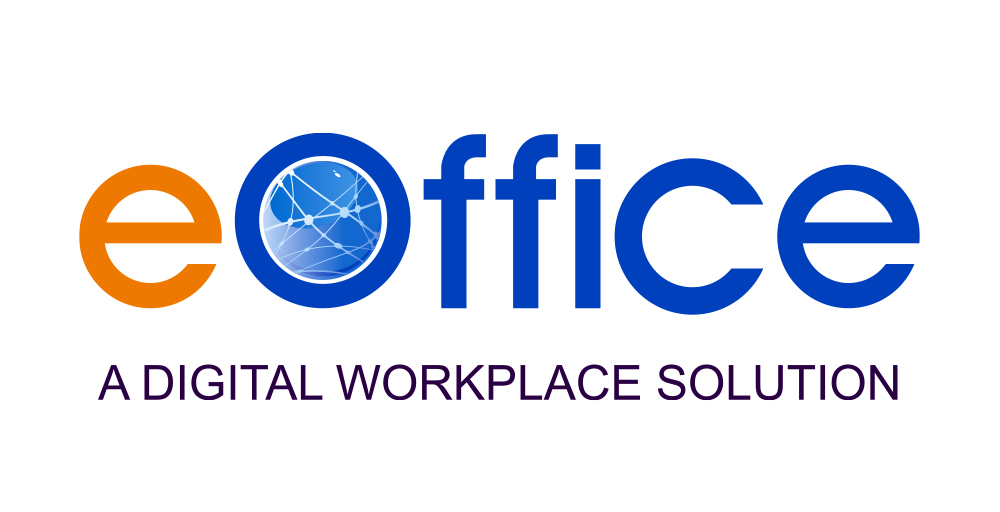From a driving license to a PAN card or an Aadhar card, an appointment with a doctor, or a hearing in court, every application is now in online mode in Digital India. The ease of transaction is smooth, and now people prefer to get work done digitally. Our Jammu and Kashmir was lagging somewhat on this front for various reasons, political as well as security reasons, but the situation has changed completely, and the LG Administration is now in jettisoned mode, announcing scheme after scheme for service delivery, all in digital mode. Both the Civil Secretariats of Srinagar and Jammu are working smoothly in e-office mode, which is paperless, efficient, and hassle-free. Factually, one of the hallmark achievements of the LG Administration has been the implementation of e-Governance, no more people of Jammu have to stand in queues for even small official work. More than 440 services have been put under the ambit of PSGA, all of them in online mode. Not only this, but a time frame has been defined for the delivery of these services, and if they are not delivered within the stipulated time, the application will automatically be put forward to the First Appellate Authority. There is no scope for feckless excuses; the interests of people are prime. Buoyed by the successful implementation of e-office in the offices of the Heads of the Departments and Deputy Commissioners, the Government has now decided to extend e-office up to the Tehsil level, which is not an easy task at any level. Every stage of the process necessitates careful planning, including hardware, computers, licenses, manpower, and training. The Administration has set the ball rolling with the formation of a committee comprising members from NIC, JaKeGA and other departments. The whole exercise is onerous and requires meticulous planning at every stage, not only at the tehsil level, but also at the NIC level, as well as upgrades to the required data centre, access nodes, and backend manpower to manage the increased workload. Each department has to play its role perfectly, in sync with each other, to make it a success.
Transparency, efficiency, and accountability are the set targets of administration. The Government has made the correct decision to obtain online information about each office’s exact manpower requirements; surplus staff, if any, can be diverted to offices in need of manpower. The public is going to be immensely benefited by this when it is implemented. All the work will be monitored by the control room setup, which will report to GAD, which in turn will report to the Office of the Chief Secretary. Jammu and Kashmir is no longer the domain of inaction, postponement and corruption. Officers must respond to public calls because the entire procedure will be automated. No more hassles or excuses that the concerned file is missing or untraceable. Respective heads of departments have to ensure proper implementation and adherence to a set time frame; otherwise, results will be automatically produced. Step by step, Jammu and Kashmir has been moving towards a digital mode, as in the rest of India. The experiences shared at e-Governance conference in Jammu has broadened the scope of e-Governance. NIC is a pioneer in providing these solutions to the Government at every level and will have a pivotal role to play in this whole mega exercise. The Chief Secretary has been leading from the front, personally looking into all aspects, and ensuring things get done in a set frame of time. The whole plan is very important for Jammu and Kashmir’s development at the micro level. Inordinate delays at the official level have to be removed, and this e-office implementation will provide the right impetus in that direction. The goal is clear, the plan has been conceptualized, a committee has been formed, and a DPR is about to be completed; all of this will, in the end, usher in a new era of development in Jammu and Kashmir.
Trending Now
E-Paper


